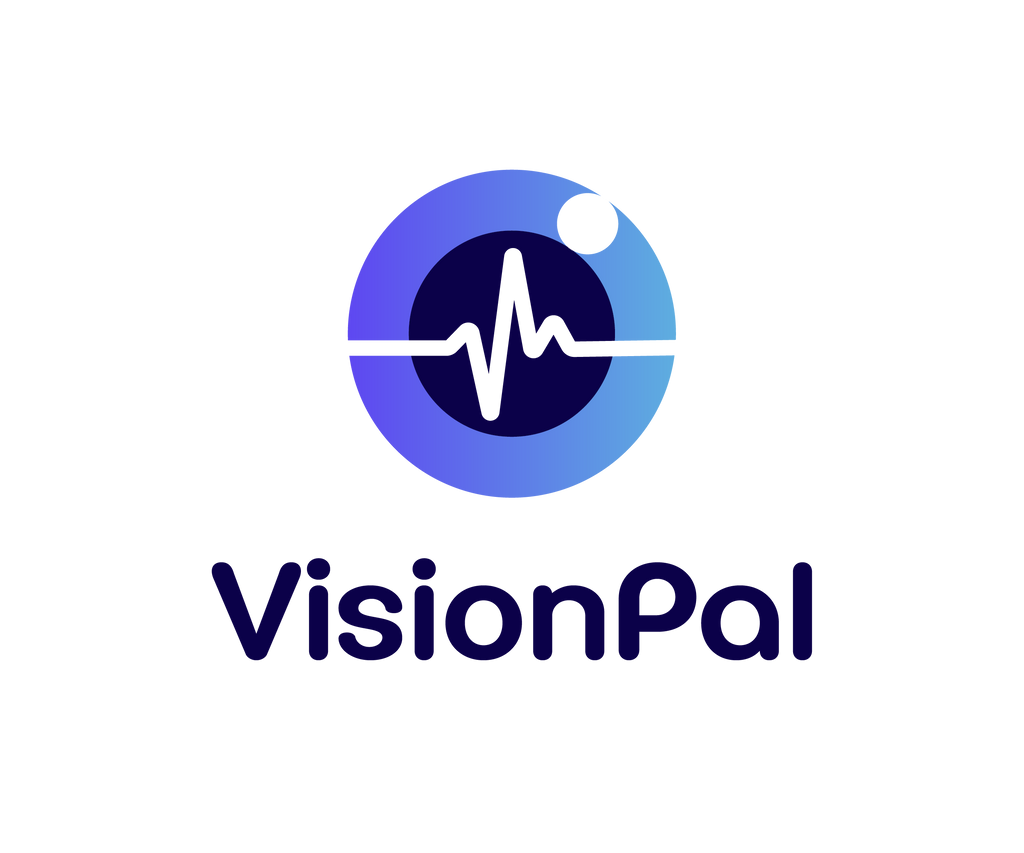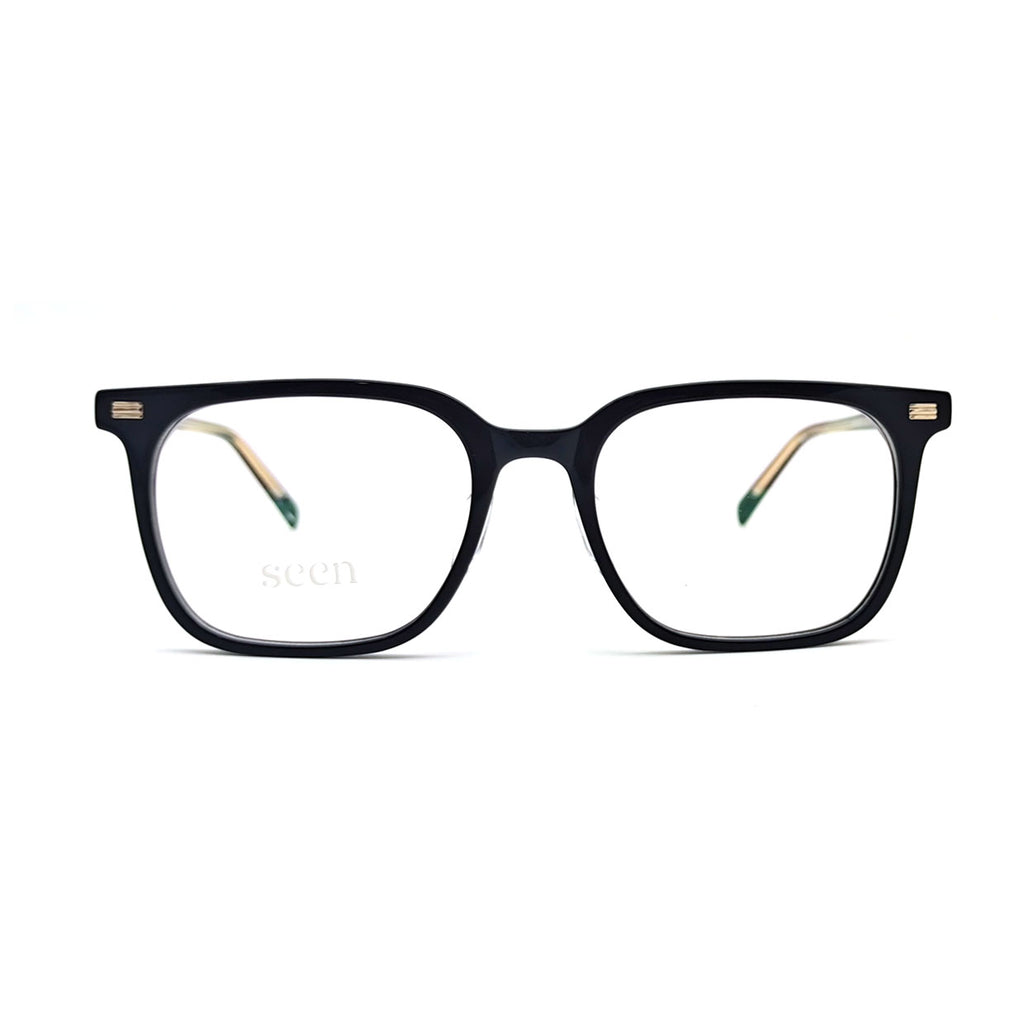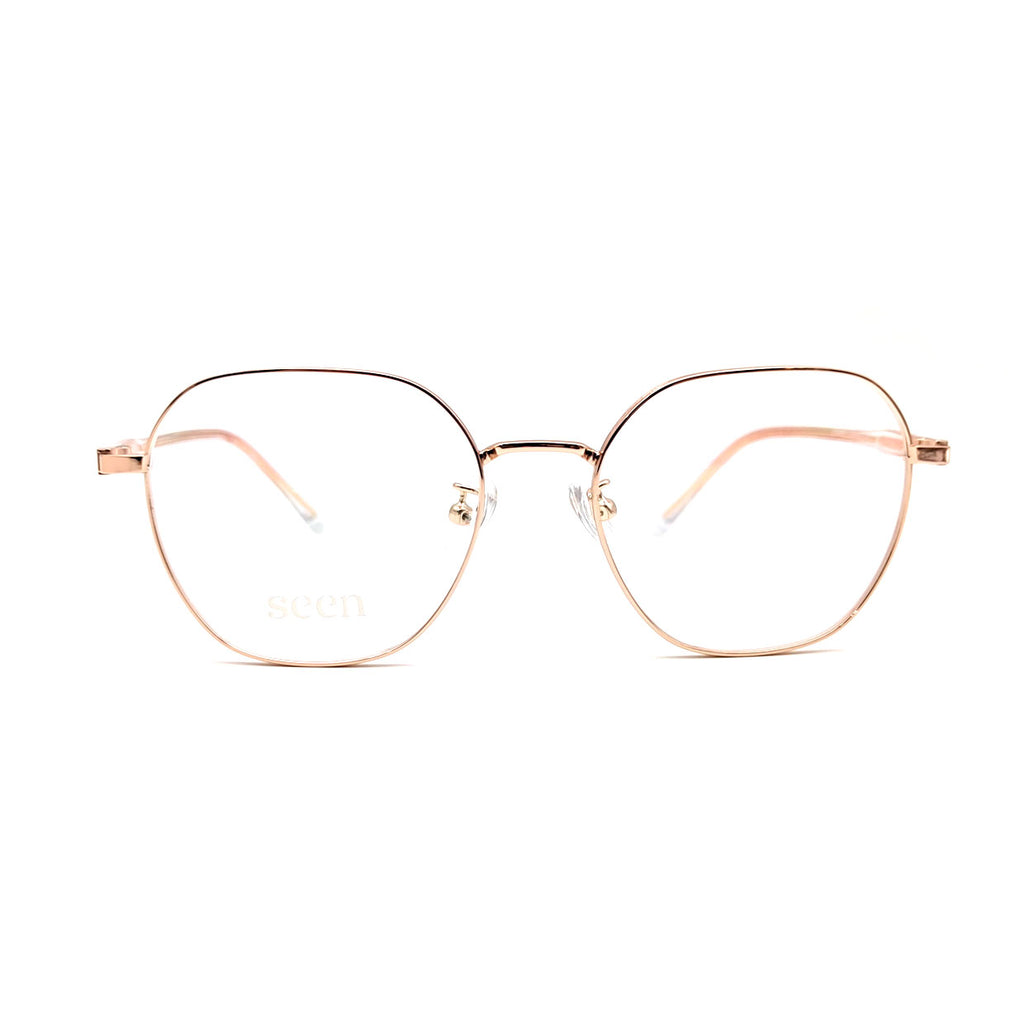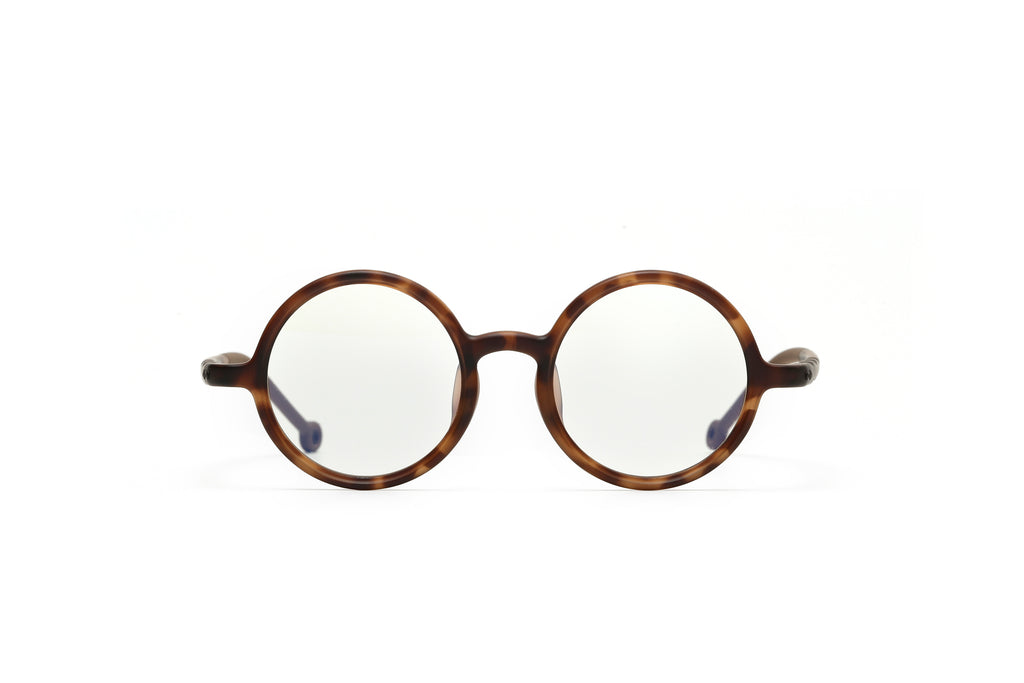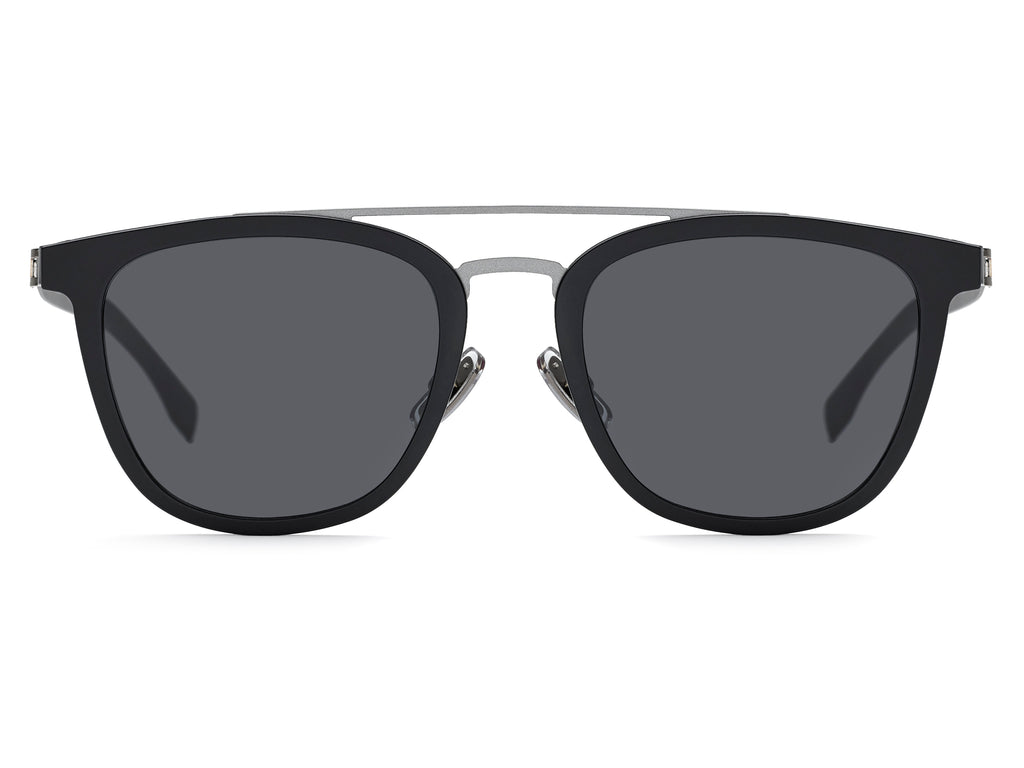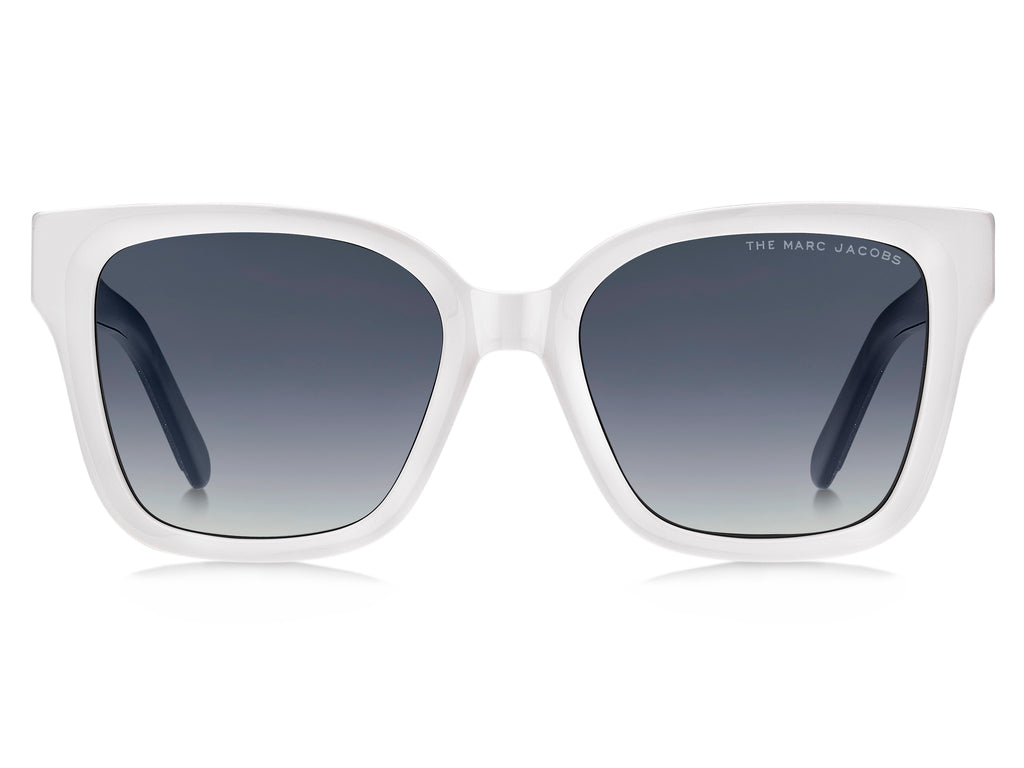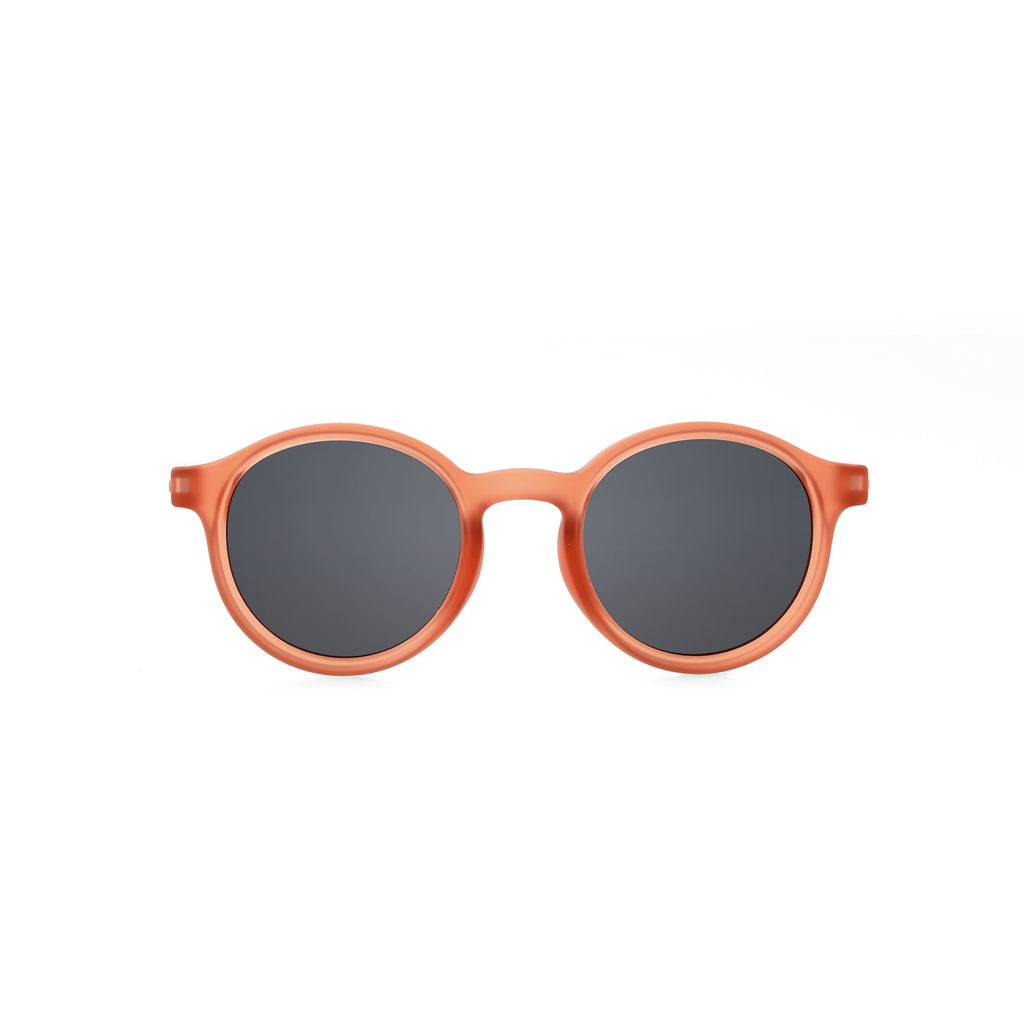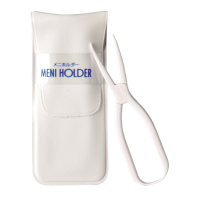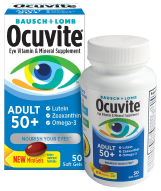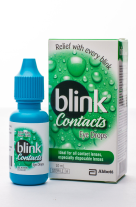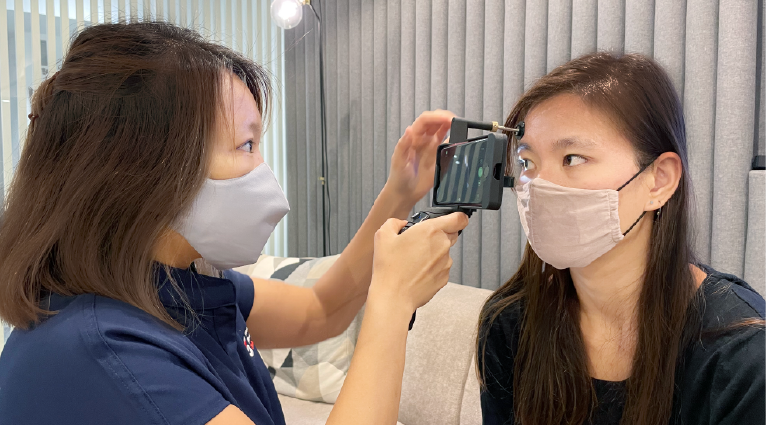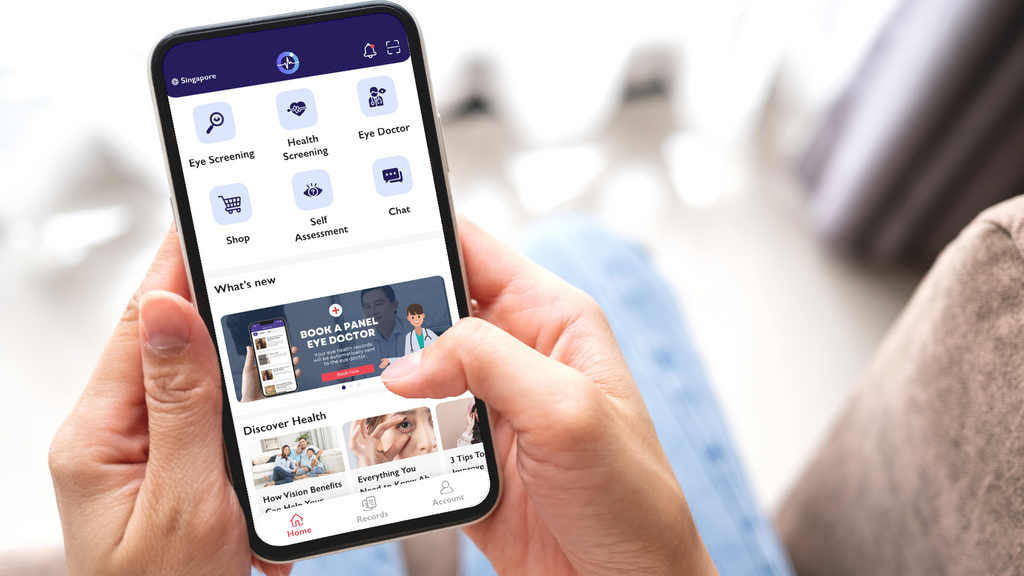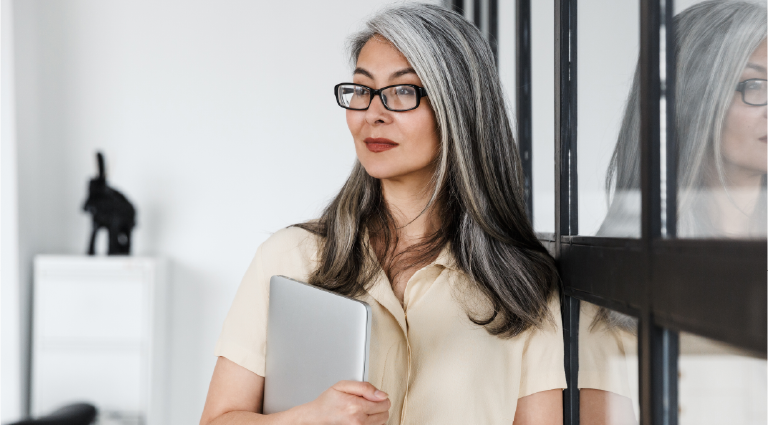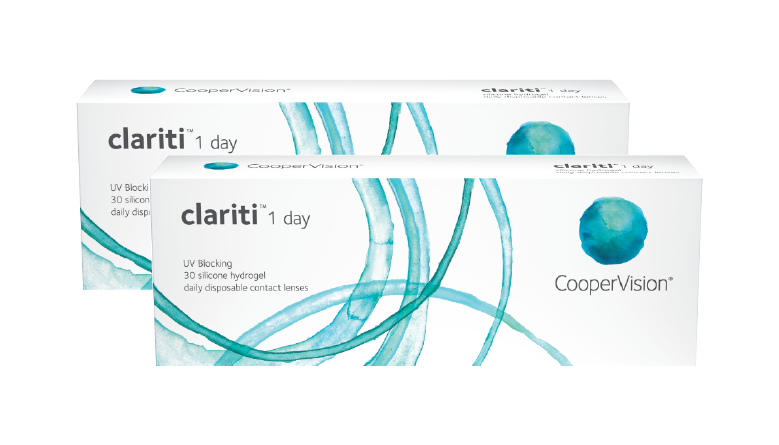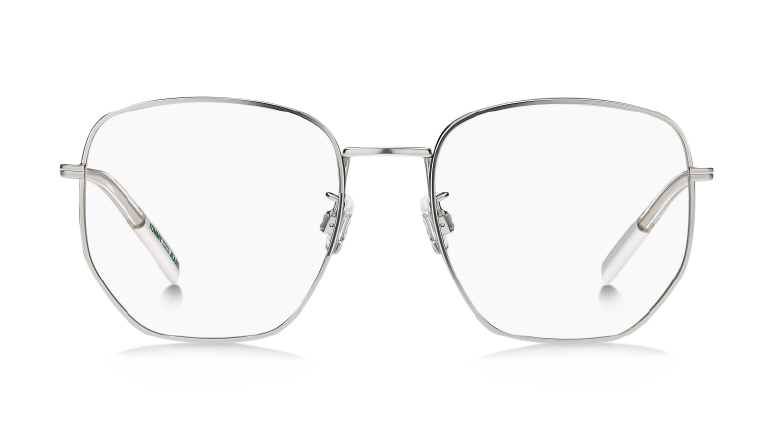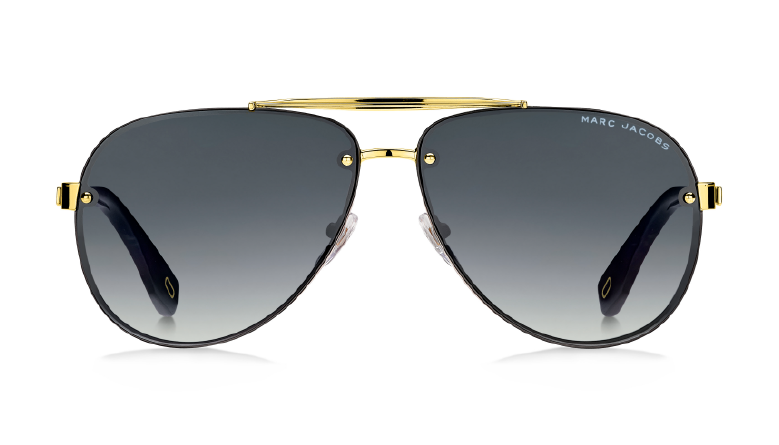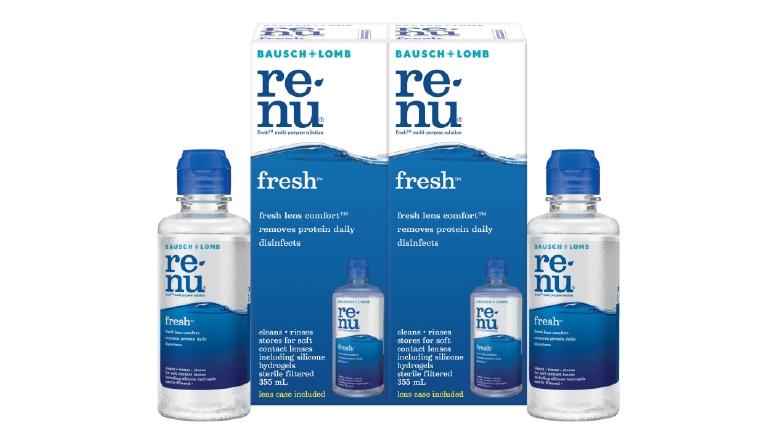
Health Promotion Board Eye Health Check for Kids
Pre-school eye screening is conducted for 5-7 year olds
The pre-school eye screening is conducted from 5 years to 7 years old and the Health Promotion Board (HPB) visits schools yearly to do this. In Singapore, children below 7 years old must have their eyes tested by an Optometrist. In the event that a reassessment is to be done, the child would be required to visit the refraction clinic at the Health Promotion Board to get their eyes thoroughly checked.
Have you wondered what happens if your child receives a referral letter to visit the HPB for a reassessment? We bring you through the process in our video and here!
Autorefractor
To start off, the optometrist uses the autorefractor to measure visual acuity, which is the clarity or sharpness of vision. The child will have to sit down, place their chin in a holder that helps to position their eyes and look at an image (e.g., hot air balloon). The autorefractor helps to evaluate how their eyes reacts to light and provides an overview of their eye’s prescription.
Subjective Refraction
Next, the optometrist moves on to the subjective refraction, which is used to determine the combination of lenses required to provide best vision accuracy. The child will be required to look at the Snellen eye chart and read the alphabets from the biggest to the smallest.
Color Vision Test
Subsequently, the child is required to go through the color blindness test. The optometrist takes out the colored charts which typically are red and green in color with many dots and a hidden number. The child will be asked to identify the number that they see. If the child answers incorrectly, they might have the red-green color vision deficiency.
Cover Test
The last step is the cover testing to check their eye alignment. This process is to determine the presence, type and magnitude of ocular misalignment.
Cycloplegic refraction
If the optometrist is unable to detect your child’s prescription through the answers they provide, they will conduct a cycloplegic refraction test. Cycloplegic refraction requires eyedrops to be administered by a nurse or doctor. The eyedrops are painless and allows the pupils to dilate so the optometrist can measure the accurate refractive power in the eyes. This allows the optometrist to eliminate any influence of readings from the child.
Singapore has one of the highest rate of myopia and is often labelled as the "Myopia Capital of The World", with 65% of our children being myopic by Primary 6. Hence, it is important to slow down Myopia because it is irreversible.
What you can do to beat Myopia
Outdoor play is one of the ways to reduce your child's risk to Myopia. Studies have shown that children who spend one hour playing outdoors on a daily basis can reduce their risk of developing myopia by more than 14%. You can save you child's eyesight. Engage in outdoor play to keep Myopia at bay.
In same category
Screen Time and Your Family’s Eye Health: Finding the Right Balance
In today’s digital age, screens are a big part of our daily lives. From work to entertainment and education, screens have become indispensable. However, as...
What is Arcus Senilis also know as Cholesterol Rings ? : A Sign of Aging Eyes
From Metal to Wood: Finding the right pair of glasses
Discover the World of Eyewear Materials: The seemingly simple choice of eyewear frames goes beyond mere aesthetics, profoundly influencing our daily lives in terms of...

